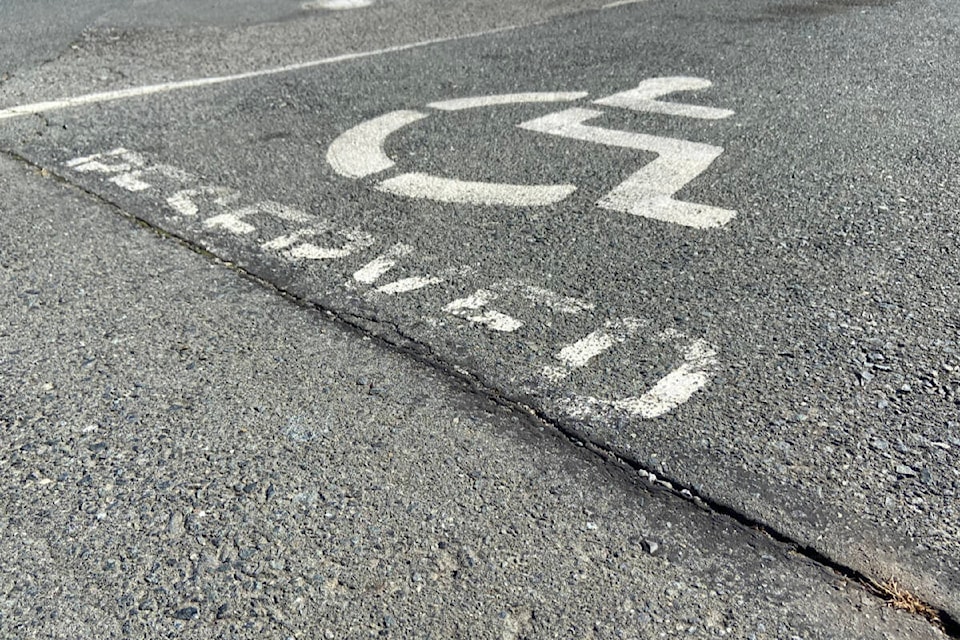Sooke has taken a significant step towards ensuring compliance with the Accessible B.C. Act by joining forces with six neighbouring municipalities to create a joint inter-municipal accessibility advisory committee.
The move aims to foster inclusivity and accessibility in communities.
The Accessible B.C. Act, introduced in 2021, mandates local governments to establish committees to identify and eliminate barriers for individuals with disabilities. The initiative calls for the active participation of individuals with disabilities and organizations that support them in shaping the legislation.
RELATED: Colwood defers decision on accessibility committee after hour of debate
In March, Sooke council unanimously approved the formation of an inter-municipal committee, known as the Capital West Accessibility Advisory Committee, in partnership with Colwood, Esquimalt, Highlands, Langford, Metchosin, and View Royal. The committee’s primary objective is to collaboratively develop an accessibility plan, a mandatory requirement under the Accessible B.C. Act.
While Sooke moved forward with this initiative with the expectation that other municipalities would join, Colwood and Metchosin are reportedly exploring alternative options.
Nevertheless, the overarching vision is to create a joint inter-municipal advisory committee composed of senior staff members from the participating municipalities, emphasizing working together to eliminate accessibility barriers.
Coun. Tony St-Pierre expressed optimism about the plan’s cost distribution and emphasized ensuring the committee’s composition is representative. He noted that when the terms of reference for the committee are presented, it will be an opportunity to guarantee adequate representation.
Councillor Al Beddows welcomed community collaboration, which avoids creating isolated “fiefdoms.”
Mayor Maja Tait and councillor Jeff Bateman acknowledged the complexity of the process. Still, they expressed eagerness to receive the committee’s terms of reference later this fall.
“It gets complicated, but I do feel that working with other municipalities makes the most sense,” Tait said.
Marnie Essery, chair of the Inter-municipal Advisory Committee on Disability Issues, underscored the significance of Section 9 Part 3 of the Accessible B.C. Act, which calls for the establishment of committees to identify and eliminate barriers.
“This is a unique and challenging situation that deals with significant system change, and we are all doing our best to work toward a positive outcome that best serves our communities and the people living with disabilities within it,” she said.
•••
Quick Facts
• B.C. is home to more than 926,000 people with disabilities.
• The Accessible B.C. Act, enacted in 2021, introduces tools and mechanisms to address barriers faced by individuals with disabilities.
• Starting from Sept. 1, 2022, more than 750 public-sector organizations are mandated to establish accessibility committees, plans, and feedback mechanisms.
• B.C. aligns with the principles of the United Nations Convention on the Rights of Persons with Disabilities (UNCRPD).
RELATED: West Shore accessibility committee breaks down barriers
